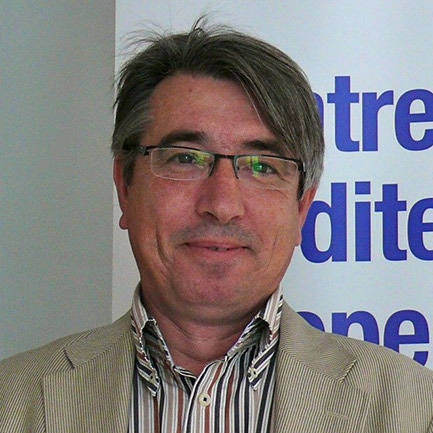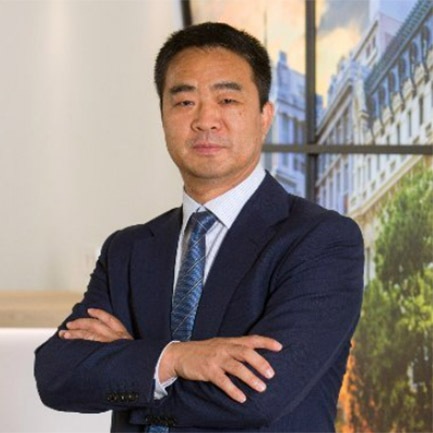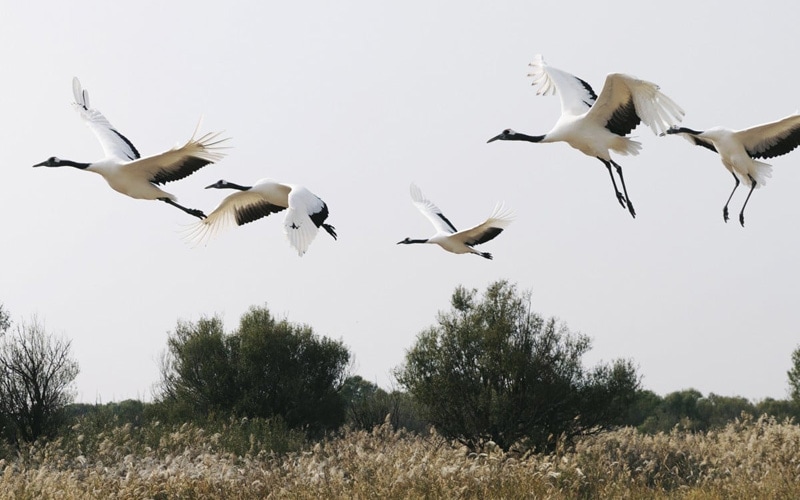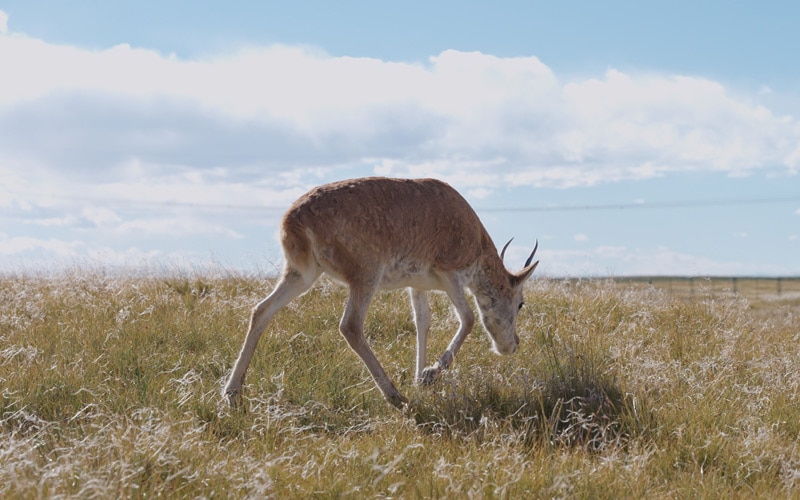Tech4Nature: Balancing Tourism and Conservation in Spain
Located in Barcelona province, Sant Llorenç del Munt i l'Obac Natural Park is a Mediterranean mountain landscape noted for its trails, panoramic views, and the rich mystery of over 300 caves and caverns.
Home to Neolithic and medieval archaeological remains, the area also has a long history of human settlement spanning many centuries, with the 9th-century Sant Llorenç del Munt monastery sitting as an iconic monument in an already feature-rich landscape. Unsurprisingly, such an abundance of natural beauty and historical relics makes the area a popular destination for peri urban leisure and tourism, with the park seeing a clear increase in visitors over the last few years.
Ranging from climbers and cavers to day trippers and bird enthusiasts hoping to catch site of the Bonelli's eagle, a majestic bird of prey that nests in the park, tourism has an unavoidable impact on the natural ecosystem. Like so many species, the population of the Bonelli's eagle is in decline according to the IUCN Red List, and it is listed as vulnerable in the Spanish Red Book of Birds. Moreover, park managers have observed changes in the eagle's behavioral patterns, with human encroachment into breeding areas already identified as a major threat.
It is crucial to balance the role of the park as a tourist destination with effective conservation measures that protect local biodiversity. That is the thinking behind a pioneering project launched by International Union for Conservation and Nature (IUCN) and Huawei under the partners' joint Tech4Nature initiative.
Working with Barcelona Provincial Council, which manages the park, the project will deploy a solution based on cutting-edge technology to study the impact of tourism on the park's ecosystem, with a special focus on the Bonelli's eagle. Cameras, GPS receivers, and a cloud platform serving as the solution's computing and storage detection will create an alert-detection mechanism that can observe the mobility of the eagle and determine the factors that disturb its reproductive success. The data collected will be sent to the cloud platform for analysis by AI, which will help guide conservation decisions, support park managers in responding quickly to potential environmental risks, and educate the public on the necessity of conservation and responsible tourism.
To boost research and protection outcomes, a key facet of the project involves expanding public-private partnerships to include universities and the business world.
The project was launched in February 2023, and the technical solution will be developed by Huawei and the University of Girona over 2023 and 2024. As well as ensuring that Sant Llorenç del Munt i l'Obac Natural Park can balance biodiversity protection with making the area a space for the enjoyment of all, it is hoped that this model can be perfected and replicated in other protected areas of Spain.







